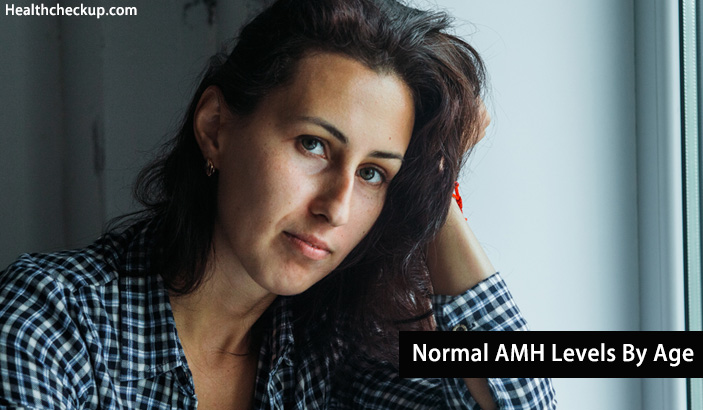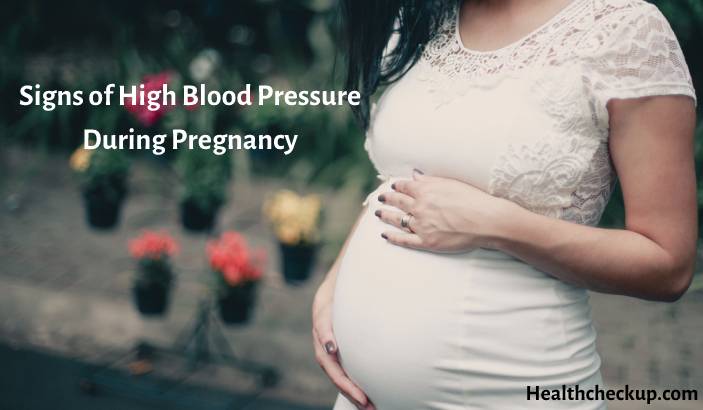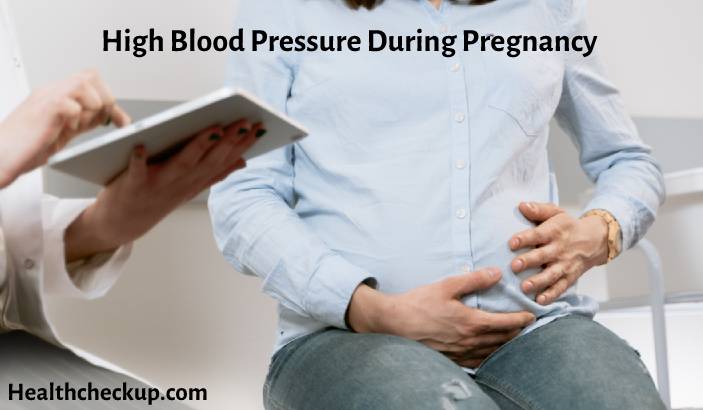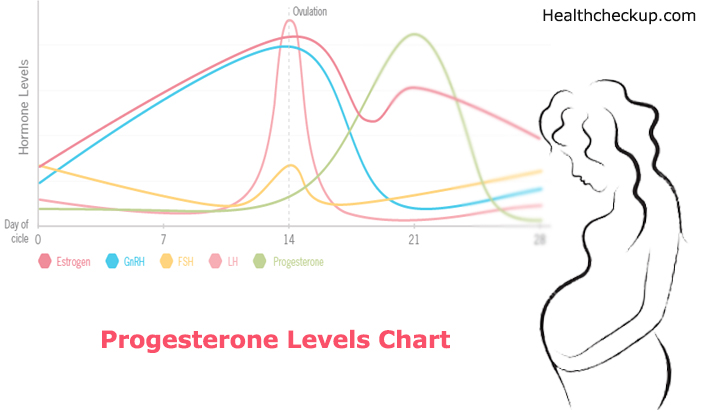The Anti Mullerian Hormone, often known as AMH is a kind of a protein that is made by those cells that surround the egg. This hormone is produced mostly during the preantral stages and its production slows down as the follicles grow.
As per a recent research, the ovarian reserve of a woman is often known through the number of primordial follicles that are remaining, and these, in turn, are influenced by the growing follicles. A woman is always born with the eggs and most of them have good reproductive potential till they reach the age of 30 – 35 years. But, there are some who are not that fortunate. The AMH levels in the women can be used to predict the ovarian reserve and the quality of eggs. A low AMH level indicates a low chance of conceiving.
Anti Mullerian Hormone Function
The very first immunoassay for AMH was developed way back in 1990. From that year AMH is being treated as the main factor to analyze woman’s ovarian reserve. The Anti Mullerian Hormone test helps to determine the number of pre-antral follicles that are present ovaries. This is why AMH plays a very important role in the health of woman’s reproductive health.
Role of AMH in IVF
Women these days have a lot more control over their reproductive lives, thanks to the number of contraception options available. Using these methods, any woman can easily delay having kids till they reach the age of 30 and some do till they reach around 38-40 years of age. But it is also important to note that fertility drops at least 10 years-15 years before the start of menopause and by delaying their pregnancy, women are often at a risk of infertility that arises due to age. The main reason for the same is the decline in the ovarian reserve. Due to the changes in the lifestyle these days, many women who are still in their 30s are seeking medical help to conceive.
Women who opt for IVF need to know the accurate AMH values as it plays an important role in their treatment. The Women who have a good to normal AMH levels show a good response to the ovarian stimulation where more eggs get retrieved and this certainly increases the chances of pregnancy for sure. Women who show high levels of AMH are also at a risk of OHSS (Ovarian Hyperstimulation Syndrome), which is often known as a life-threatening condition.The other extreme to this is women with low AMH levels find it hard to respond well to IVF and often have to opt for other options.
What Happens If AMH Is Low And High?
The Anti Mullerian Hormone levels are always regulated by the gonadotropin hormone and the fluctuations in the AMH levels helps us understand as to what they really mean to fertility.
Anti Mullerian Hormone Levels
The normal AMH levels for IVF are 1.5 to 4.x0 ng/ml, and women with such levels can get expect a good response rate to their fertility treatment.
Normal AMH Levels By Age
The AMH levels differ from women to women and age is one primary factor affecting the same. The normal level of AMH in a fertile woman is 1.0–4.0 ng/ml and the level which is under 1.0 ng/ml is known to be a low AMH level and this indicates a very low ovarian reserve.
| Age | AMH levels |
|---|---|
| Normal AMH levels at 25 years | 5.4 0 ng/ml |
| Normal AMH levels at 30 years | 3.5 ng/ml |
| Normal AMH levels at 35 years | 2.3 ng/ml |
| Normal AMH levels at 40 years | 1.3 ng/ml |
| Normal AMH levels at >43 years | .07 ng/ml |
The above mentioned are the normal AMH levels by age.
Low levels of AMH
Ageing is one of the main reasons for the low AMH levels. Early ageing of the ovarian can occur not only due to improper diet and hormonal imbalance but can also occur due to stress and lifestyle factors. Some of the other factors that cause early ovarian ageing are
- Severe illnesses
- Injuries
- Genetic Disorders or Factors
- Autoimmune Disorders
The above mentioned can show an impact on the AMH levels as well as the ovarian functions. Early menopause can also occur due to low AMH levels and medical measures are to be taken to enhance reproductive functions.
Women who are obese also have low AMH levels, but it is not clear as to why it happens. In many cases, obese women are less responsive to treatments and have poor fertility when compared to other women who are of normal weight.
High levels of AMH
The High AMH levels are considered to be life-threatening and studies also suggest that very high levels also increase the risk to breast cancer in women who are in the premenopausal stage. High AMH levels are also signs of PCOS and such women are also at a high risk of the Ovarian Hyperstimulation Syndrome.
The levels of AMH decline as the age increases and women who have reached their menopause often have low levels of AMH and high FSH levels. This is one normal change that occurs when the reproductive years of the women have come to an end.
If you are one of those women who often panic or are worried about the AMH levels, it is time you seek a proper medical treatment to improve the ovarian reserve. A simple blood test can be done to determine the levels of AMH and based on which, the doctor can suggest a treatment.
So, if you find any symptoms of low or high AMH levels, do not delay. Just pay a visit to your doctor, get the tests done to be more sure about your reproductive health.
Medically Reviewed By

Maanasi specializes in health topics including diet and nutrition. A mother of an untiring seven year old, she enjoys nurturing her love affair with English. She is often found nestled with a book, plopped against a dozen pillows, smiling away at the brink of finishing yet another book of the many dozens, that adorn the shelves of her Mini Library!








